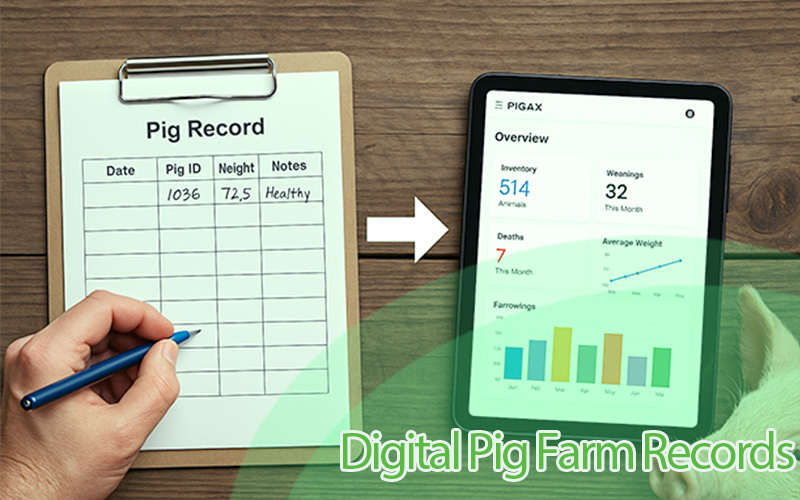These 4 Growth Boosters Can Get You Bigger and Healthier Pigs
Raising pigs that grow fast and stay healthy isn't just about feeding them more—it’s about feeding them smarter, managing them better, and keeping their environment just right. As a pig farmer, you already know that time is money. The faster your pigs reach market weight, the quicker you see a return on your investment. But if you've been relying only on regular feeding, you're likely leaving growth (and profits) on the table.
In this post, we’re going to uncover four powerful growth boosters that can help you maximize your pigs’ potential—and profits.
1. Genetics: Start With the Right Pigs
You can’t grow fast pigs from poor genetics. Genetics can influence everything from growth speed to meat quality. Selecting pig breeds with favorable traits like high lean meat percentage and strong growth rates is key.
Work with trusted breeders or genetic suppliers, and don’t just breed pigs at random. Focus on traits that align with your production goals and market demands.
Remember, genetics is the foundation, but it works best when combined with good nutrition, health, and management.
2. Quality Feeding in the Right Quantity
Feeding pigs regularly is basic. But what they eat, when they eat it, and how it’s balanced is what really makes the difference. Pigs thrive on diets rich in protein and energy. That’s why using high-quality feed that matches their growth stage is essential.
A great example is combining soybean meal with corn—it creates a protein-rich and energy-packed diet with well-balanced amino acids. On the flip side, too much fiber in their feed burns energy and slows growth.
Nutritional needs change as pigs grow. Piglets need more protein, while finishing pigs preparing for market have different dietary priorities. Keep this in mind when planning their meals.
Also, don’t forget about water—it’s just as vital. Pigs need constant access to clean, fresh water to digest food and grow efficiently. Using this effective pig feed guide will guarantee success for yout piggery busniess.
Key nutrients for pig growth:
-
Protein – for muscle and tissue development (e.g., soybean, fish meal)
-
Carbohydrates – for energy (e.g., corn, barley)
-
Vitamins – A, D, E, K, and B-complex
-
Minerals – calcium, phosphorus, zinc, selenium, and others
3. Health is Wealth: Don’t Ignore It
A healthy pig grows well—simple as that. Illness slows down growth, reduces appetite, and saps energy. That’s why consistent health monitoring, vaccination, and deworming are non-negotiable.
Look out for early warning signs like pale skin, unusual stools, or pigs separating themselves from the group. Addressing health problems early keeps your pigs on track for consistent weight gain.
Diseases like PRRS and PED can wreak havoc on your farm. Prevent them with good hygiene, biosecurity, and regular veterinary care. Deworming is another game changer—it helps pigs absorb nutrients properly by clearing parasites that compete for food inside the digestive system.
4. The Right Environment Makes a Big Difference
Pigs are sensitive to their environment. Too hot or too cold, and their appetite and immunity suffer. The sweet spot for pig comfort is between 15–20°C (60–68°F). Keep your pens ventilated, shaded, and well-drained.
Overcrowding is another silent growth killer. Give your pigs enough room to move, feed, drink, and rest. Pigs that can move freely tend to eat more and grow faster than pigs kept in cramped spaces.
Clean pens, proper lighting, and comfortable flooring also go a long way in maintaining healthy, stress-free pigs that grow efficiently.
Track Growth Like a Pro
Even if you’ve got these four areas covered, you still need to track your pigs' weight to be sure you’re making progress. The Pigax pig management tool makes this easy. It’s designed for serious pig farmers—whether you’re just starting or already running a large operation. It even includes a free plan for farmers on a tight budget.
Conclusion
Boosting pig growth is a combination of the right feed, smart genetics, proper health care, and ideal living conditions. Master these four secrets, and you’ll be well on your way to running a more efficient, profitable pig farm.




